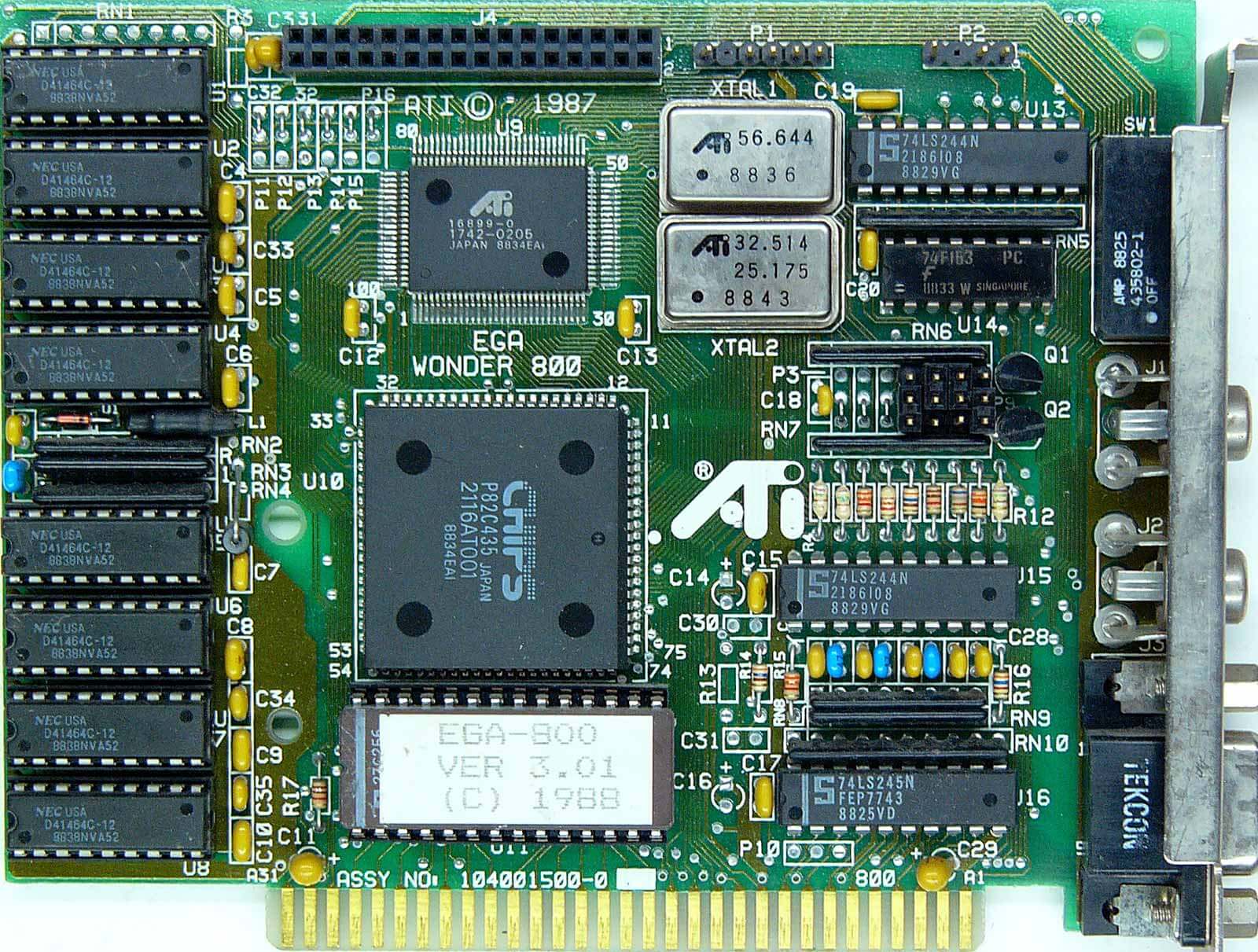There are numerous kinds of cables available on the market, which are widely-used to connect various audio and video devices for viewing on several platforms. They include S-video, composite video, component video, DIV and HDMI cables. Ones, S-video, composite video and component video, all transmit content in analogue format. Another two, DIV and HDMI, however, use gifs for transmission. These different cables obtain advantages and disadvantages. HDMI, although just released in 2003, is considered because the preferred and positively reviewed cable. The component video, however, still enjoys recognition, especially to folks still unwilling to visit digital.

Whereas, there’s a apparent advantages of going digital, especially as HDMI includes the opportunity to deliver both video and audio and fasten both video and audio devices, it is inside the aftereffect of cable and connection quality for that image and movie quality there are probably most likely probably the most contention. Most of the in consideration there are a number of other major factors that play a big role within the image quality. Such factors are the best way to understand it along with the display platform. This raises lots of questions becoming the cable quality and connection.

Sometimes, the cable quality plays a big role within the image quality. The first instance is in relation to distance. Whereas, in shorter distances not exceeding 20 feet, HDMI cables provides you with an excellent performance, in greater distances, the signal degrades and may totally diminish or don’t transmit. However, analogue cables, especially component videos, will still provide high picture quality in distances more than 200 feet. Because the component videos have tight impedance control through standard coaxial cables. The HDMI cables, however, don’t utilize these cables thus the impedance effect.

